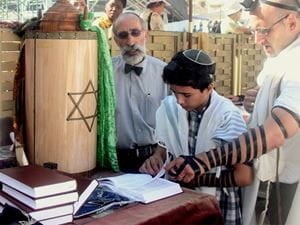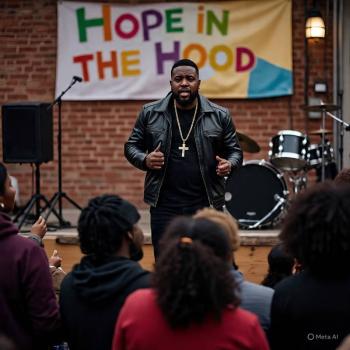
What is a Bar Mitzvah?
Understanding Bar and Bat Mitzvah
A "Bar Mitzvah" is a "son of the commandment," with "bar" meaning "son" in Aramaic and "mitzvah" referring to "commandments." Similarly, a "Bat Mitzvah" is a "daughter of the commandment." Jewish law acknowledges that children cannot fully keep the commandments, so they are not obligated to do so until they become a "Bar Mitzvah" or "Bat Mitzvah." Boys reach this milestone at 13 years old, while girls do so at 12.
Denominations in Judaism
Contemporary Judaism consists of four major denominations: Conservative, Orthodox, Reconstructionist, and Reform. Orthodox Jews do not recognize the Bat Mitzvah as women are not permitted to take an active role in their religious services. The other three denominations offer more opportunities for women and girls to participate in the liturgies. While every girl 12 years old becomes a Bat Mitzvah automatically, Orthodox Jews do not have any religious rite to mark the occasion.
The Significance of the Ceremony
The Bar Mitzvah ceremony signifies the point at which children become recognized as full members of the community, with all the responsibilities that come with it. This status is granted whether or not there is a ritual or ceremony. Any Jewish boy over the age of 13 is a Bar Mitzvah.
Modern Interpretations
Many Jews today celebrate a Bar or Bat Mitzvah as a rite of passage from childhood into adulthood. Some people with no Jewish roots find the celebration to be a useful part of a child's upbringing. However, this "Judaism without Jewishness" can blur the lines of faith and practice.
Duties and Responsibilities
Being a Bar Mitzvah enables a variety of duties within the community. A Bar Mitzvah counts as an adult when determining the number needed for public prayers (the minyan), can sign a binding contract, and can testify before a court. Perhaps most importantly, a Jewish boy who becomes a Bar Mitzvah can be called forward during a Shabbat service to pray a blessing over the reading of the Torah. This invitation is called an aliyah.
The Ceremony and Traditions
In many Jewish communities today, the Bar Mitzvah ceremony invites the boy not only to recite the appropriate blessing but to read the Torah selection as well. Sometimes he will be asked to make a short speech or deliver a sermon. Many Jewish traditions include the bestowal of a tallit, the fringed prayer shawl that men wear during public prayers. These shawls are made in accordance with the commandment in the Torah to "make tassels on the four corners of the cloak you wear" (Deuteronomy 22.12). These tassels remind the wearer of the commandments of God.
Preparations for the Ceremony
A child may prepare for this day extensively. Some communities encourage the wearing of the tefillin for several months prior to the ceremony so that the child can become fully comfortable with the process of putting them on. Tefillin are also known as phylacteries. They consist of two small black boxes with straps, one of which is tied to the upper arm and the other to the forehead. Inside the tefillin are four small paper scrolls with scripture passages written on them. These passages include Exodus 13.1-10, Exodus 13.11-16, Deuteronomy 6.4-9, and Deuteronomy 11.13-21. The first two passages remind the wearer of a key event in Jewish history—the release from slavery in Egypt and the covenant to keep God's commandments. The third passage contains the Shema, the creedal statement about the unity of God and the obligation to love and worship God alone. The third reminds the wearer of God's promises to bless obedience and urges God's people to keep God's words in their hearts.
Expectations and Requirements
Some communities also expect the completion of volunteer projects, regular attendance at religious services, or the accomplishment of some intensive study before the ceremony. Most encourage familiarity with the liturgies, the ability to read a passage from the Torah in Hebrew, and the preparation of a sermon, the d'var Torah. Each synagogue will have its own list of requirements. While traditionally, the father would prepare the son or daughter, many today will enlist the help of a private tutor (often provided by the synagogue) or enroll the child in one of the many online preparatory programs for Bar and Bat Mitzvah ceremonies.
Continuing Education and Celebrations
The Bar or Bat Mitzvah marking point does not end the child's religious education. It is not a "graduation." On the contrary, many synagogues make clear that the learning of the Torah must continue throughout life. Some congregations, particularly Conservative synagogues, may also have a Confirmation ceremony around the age of 15-16 years old. This has been one way they have encouraged the younger teenagers to stay in religious education. The receptions after the service can be extravagant and are always joyful, a time of celebration, gift-giving, and blessings.
Read more about Jewish rites and rituals here.
Read from Patheos Jewish writers.
7/17/2023 6:02:10 PM










